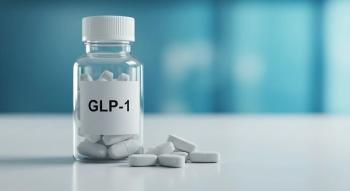
Voters Uphold State's Unique Pharmacy Ownership Law
North Dakota voters rejected a measure on yesterday's ballot to abolish a law that requires a licensed pharmacist to hold majority ownership of any pharmacy in the state.
North Dakota voters rejected a measure on yesterday’s ballot to abolish a law that requires a licensed pharmacist to hold majority ownership of any pharmacy in the state.
Unofficial poll results on Tuesday night revealed a 59% majority “no” vote to Measure 7, consequently preserving North Dakota as the only state in the country with such a law.
The measure’s failure at the polls was applauded by the North Dakota Pharmacists Association (NDPhA), which previously argued that changing the law to allow chain retailers like Walmart and Walgreens to operate pharmacies would drive out many independent pharmacies, leading to higher drug prices for patients.
“We’re pretty humbled, and we appreciate everybody who supported us,” Michael Schwab, executive vice president of NDPhA, told Forum News Service. “This issue has been defeated legally, legislatively, and now the public has spoken and voted on this issue.”
Across all 427 North Dakota precincts, the “no” votes totaled 147,066, while the “yes” votes totaled 102,406.
According to The Bismarck Tribune, the same state measure failed to make the ballot in 2010, when the sponsoring committee made a mistake in filing petitions. But, after the North Dakota Secretary of State’s Office certified petitions bearing more than 22,000 signatures, the measure was included on the November 4, 2014, ballot.
Supporters of the measure included a group known as North Dakotans for Lower Pharmacy Prices, which called the existing law outdated and contended that changing it would mean more pharmacies and lower prescription costs.
Amanda Godfread, a spokeswoman for the group, told Forum News Service that she was disappointed with the poll results, yet remains hopeful that current pharmacies will “find ways to expand their services and lower their prices so that more (patients’) needs can be met.”
Newsletter
Stay informed on drug updates, treatment guidelines, and pharmacy practice trends—subscribe to Pharmacy Times for weekly clinical insights.






































































































































































































